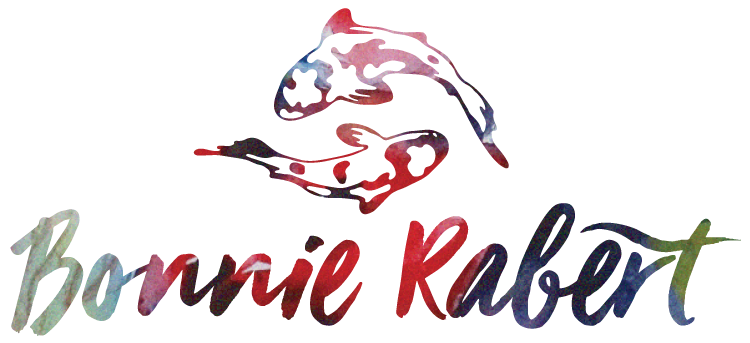What is a Giclée (Gee-Clay) Print?
Giclée reproductions were first developed in 1989 as a plateless method of fine art printing. The original painted image is scanned and digitally stored in a computer and then sent to a high resolution color inkjet printer developed for the fine art industry.
Unlike offset color printing, each giclée image is printed individually. A wide variety of substrates can be used to accept the image, such as canvas, watercolor and other fine art papers.
In the giclée process, a fine stream of ink, (more than four million droplets a second), is sprayed onto the paper surface. Through a computer, color, value and density can be critically controlled or changed if necessary. Over three million colors can be produced using specially developed non-toxic water based inks. This process provides incredible detail and color. Giclée prints offer richness and depth that set them far apart from traditional offset lithography.
A giclée is the closest thing a collector can have next to the original, and as the quality and longevity of giclée inks continue to improve, more artists are discovering a new tool that expands their artistic horizons.
Gicées are usually offered as a limited edition and can be reproduced as wide as 44” wide and as long as proportionate to the original.
Please contact me if you have any questions.

